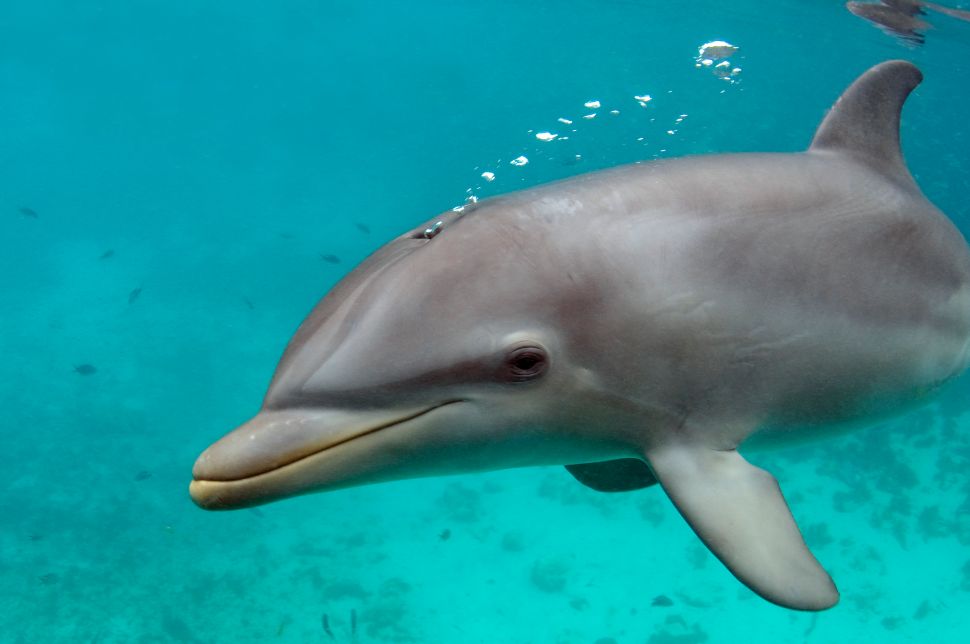The beloved Doctor Dolittle children’s books and films center around a physician who has the ability to converse with animals—a plot line that likely feels fantastical to most. But Jeremy Coller, a British billionaire financier, believes such a feat could realistically be achieved in the next five years. That’s why he launched the Coller Dolittle Challenge for Interspecies Two-Way Communication, an annual award supporting researchers developing technology to communicate with animals.
Coller has pledged a total of $10 million to whoever ultimately “cracks the code of interspecies communication.” For now, the British investor is awarding $100,000 each year to researchers who showcase non-invasive ways to understand animal communication. The inaugural recipient of the prize is Laela Sayigh, who, alongside other researchers at the Woods Hole Oceanographic Institution in Woods Hole, Mass., is using A.I. to decipher dolphin whistles.
“I’m honestly sort of speechless,” said Sayigh during an event today (May 15) that unveiled the prize’s winner. “I appreciate your support of our work, and I also appreciate the recognition of the value of long-term datasets.” Other finalists included researchers from Germany, Israel and France who proposed projects researching communication with nightingales, marmoset monkeys and cuttlefish.
Sayigh’s research is conducted in collaboration with the Sarasota Dolphin Research Program, which has documented six generations of bottlenose dolphins in Florida’s Sarasota Bay since 1970. The program has amassed a vast database of recorded dolphin whistles—about half are “name-like signature whistles” used similarly to human names, while the rest are non-signature whistles with still-uncertain meanings.
Using A.I. and machine learning, Sayigh’s team aims to further classify these whistles, deepen their understanding of dolphin vocabulary, and explore how different types of whistles function. Given the striking similarities between human and dolphin communication, including the use of signature whistles and “baby talk” to speak to calves, Sayigh believes dolphins are an ideal subject for the Coller Dolittle Challenge. “These parallels could enable us to build bridges between our communication systems,” she said.
What is the Coller Dolittle Challenge?
Coller is the co-founder of Coller Capital, a London-based fund that buys private equity fund assets, and has an estimated net worth of $4 billion, according to Bloomberg. He’s also the chairman of the Jeremy Coller Foundation, a philanthropic vehicle that partnered with Tel Aviv University last year to launch the Coller Dolittle Challenge.
In addition to giving annual $100,000 awards for significant contributions to understanding non-human communication, the prize will eventually grant either a $10 million equity investment or $500,000 in cash to a team that successfully achieves interspecies communication. The criteria for this grand prize are still being finalized and are expected to be announced in the coming years.
“We’ve heard a lot from successful business leaders who think the future lies in the the stars, exploring space, setting their sights on Mars even—and that’s great,” said Coller during today’s event. “But in pursuing those lofty goals, we shouldn’t lose sight of the fact there’s still so much we don’t understand here on Earth.”

